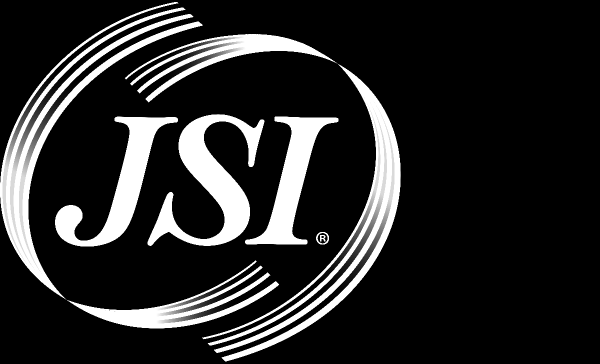
FCC Releases A-CAM Version 2.1

Use of Alternative Technologies Could Still Impact Support
Late Thursday, the FCC released a Public Notice announcing the release of the next version of the Alternative Connect America Cost Model (A-CAM). This version, known as version 2.1, contains two scenarios, 4.1 and 4.2. In both of these scenarios, the FCC no longer treats cable modem and fixed wireless services offered by RLECs or their affiliates as “competitive.” However, as explained below, scenario 4.2 uses a different approach that excludes from support census blocks where RLECs and affiliates have deployed cable modem or Fiber-to-the-Premises (FTTP) technologies. Accordingly, clients using these technologies likely will see a negative impact to the support calculations under scenario 4.2.
FCC Implements a “Fix”
As explained in our November 9 e-lert, JSI participated in several ex parte discussions with FCC staff to address the problem of locations not receiving support in the A-CAM where cable modem or fixed wireless technologies are deployed by an RLEC either in its own network or through an affiliate. At the time of those discussions, the FCC had been considering all cable modem and/or fixed wireless technologies within an RLEC’s area to be “competitive,” but explained that the agency would be implementing a “fix” in future versions. FCC staff indicated that this fix could require RLECs to certify that the alternative technology is used in the furtherance of their eligible telecommunications carrier (ETC) obligations.
In the most recent version of the A-CAM, the FCC addressed this issue by no longer finding that cable modem and fixed wireless are competitive if the technologies were reported by an RLEC or an affiliate on its Form 477 and are deployed within the study area. The FCC noted, however, that this approach assumes that in all cases these technologies are being used in furtherance of ETC obligations, which leaves open the possibility that in the future the FCC may require some form of certification from the RLEC.
Scenario 4.2 Eliminates Support for Census Blocks with FTTP and Cable Modem
Although the FCC no longer considers cable modems as competitive, scenario 4.2 eliminates support for this technology through another approach. Under this scenario, the FCC excludes support for all census blocks where the RLEC or an affiliate reported FTTP or cable modem technologies with speeds of at least 10/1 on their Form 477s. The FCC explains that this scenario is for the purpose of examining build-out obligations under the A-CAM and notes that the number of companies that are considered A-CAM “winners” drops significantly when compared to scenario 4.1.
Other Changes
Other changes made in this version include modifications to the plant mix for most companies that requested such changes and incorporating updated Form 477 data. The Form 477 data in the A-CAM continues to be data as of December 2014, but now contains any revisions made to that data until November 10, 2015. Also, both scenarios in version 2.1 use a funding cap of $200. As you may recall, in the three scenarios used in the previous version, the funding cap was $200 for scenario 3.1; $215 for 3.2 and $220.83 for 3.3. We also bring to clients’ attention that the legacy support numbers utilized in scenarios 4.1 and 4.2 do not reflect more current disbursement information from USAC.
It is our understanding that sometime in early 2016, the FCC would like to finalize the A-CAM and establish a process for RLECs interested in obtaining support from the A-CAM to voluntary elect such support. For more information about A-CAM version 2.1 contact Brian Sullivan, John Kuykendall and Steve Meltzer in JSI’s Maryland office at 301-459-7590 or Douglas Meredith in Utah at 801-294-4576.




